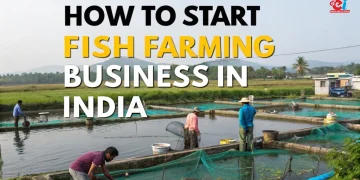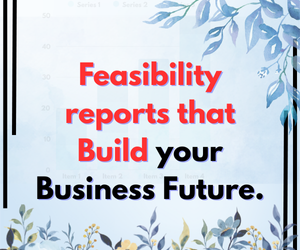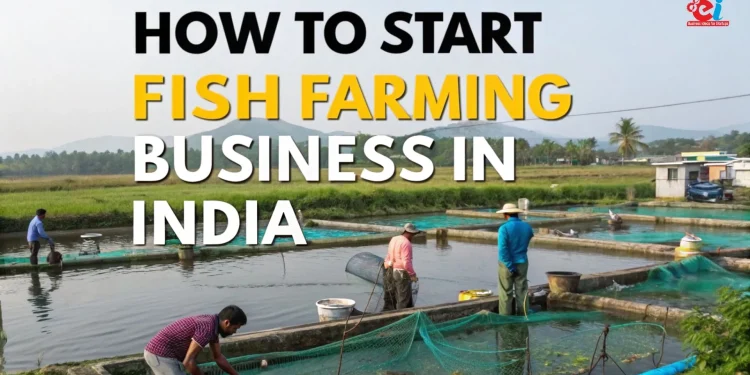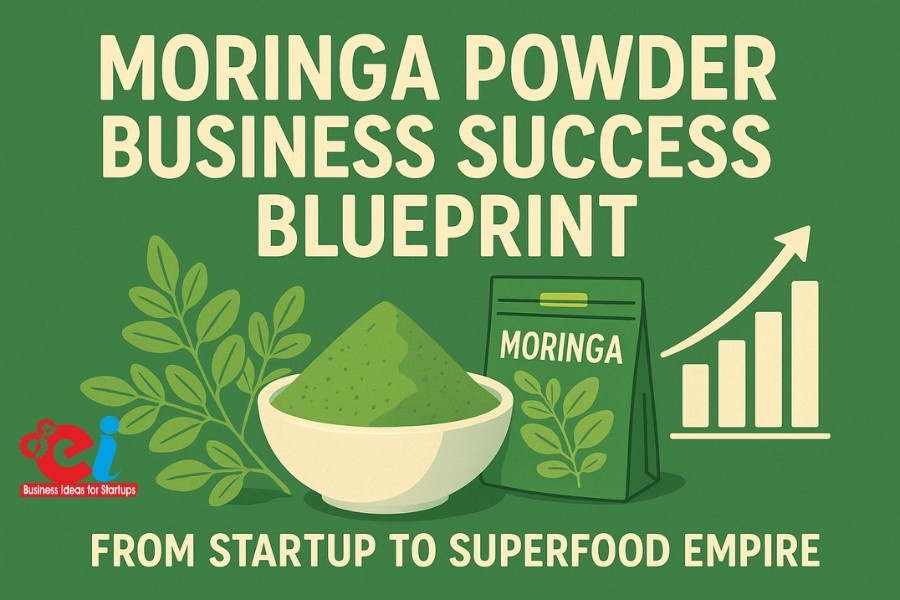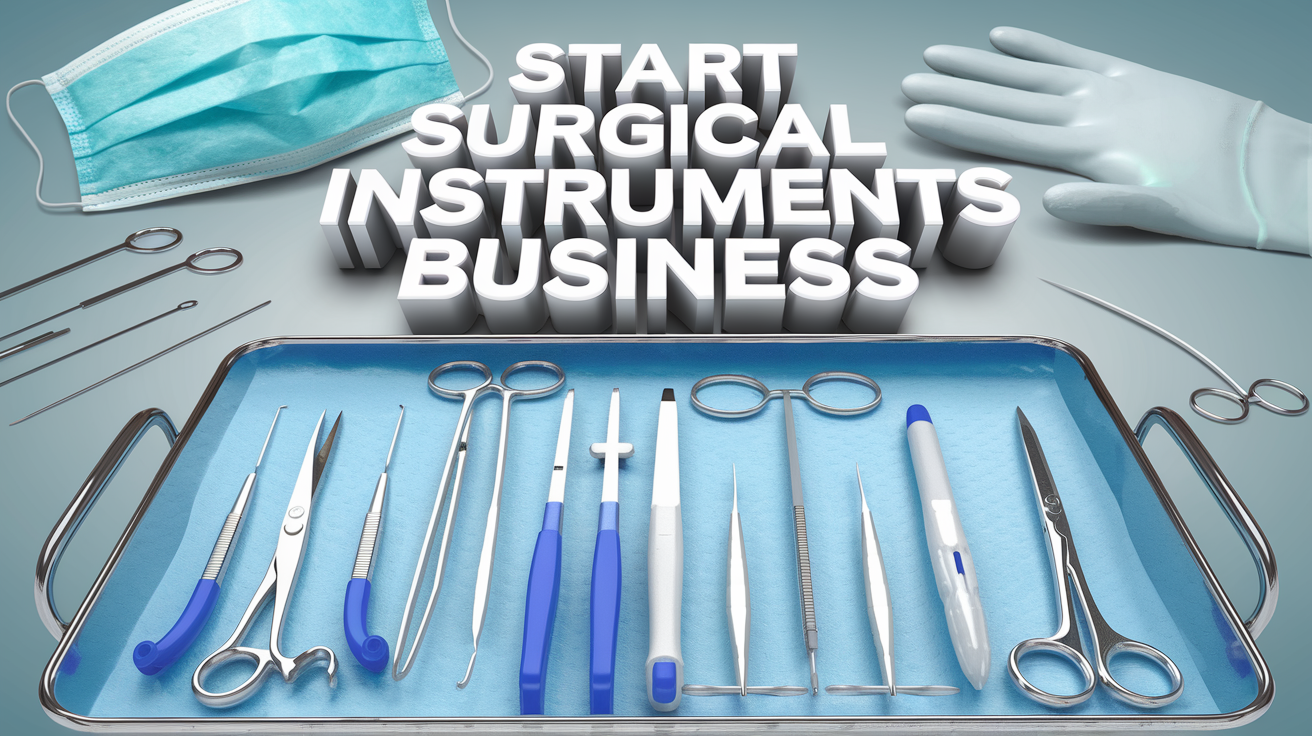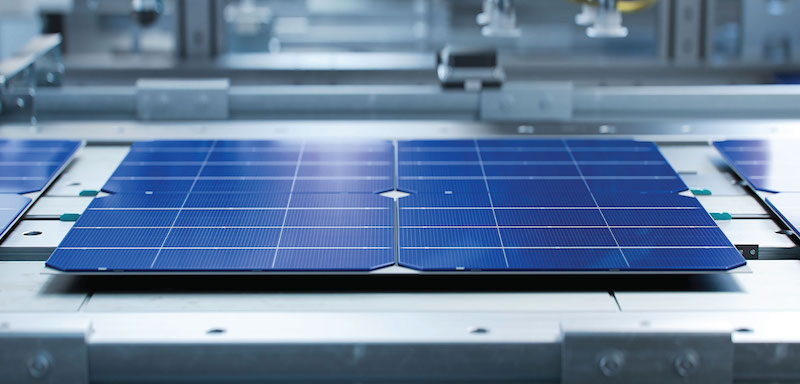The evolving ecosystem of the agroindustrial sector in India is experiencing a slow revolution and at the center of this change is a sector that’s historically been neglected, namely fish farming. It was once viewed as a subsistence option for the rural population, fish farming business is now an industrial business opportunity that offers the highest returns, sustainability in operations and a strong demand in the market.
With increasing awareness of high protein diets, the decline of the catch of marine fish and the rising demand for sustainable food production that is environmentally friendly, aquaculture is rapidly gaining popularity across the nation. Thanks to good policies, favorable government programs and technological advances, as well as increasing export opportunities, starting an aquaculture business in India is now an attractive and lucrative option for young entrepreneurs, specifically those who are interested in sustainable agriculture, food production, as well as nutraceutical uses.
Why Fish Farming is Becoming a Priority in India’s Agribusiness Landscape
India is the third largest producer of fish in the world, and the second largest in aquaculture. The industry of fish farming has a significant impact on India’s food and agriculture economy and accounts for over 1.24 percent of the nation’s GDP, and more than 7.2 percent of the country’s agriculture’s GDP. This isn’t only a source of rural employment however, it is also an industrial sector ready for growth, fueled by:
- The increasing consumption of fish is expected to increase to 13 million tonnes per year by 2030.
- The huge export potential, especially for premium varieties like shrimp as well as Pangasius.
- Rapid urbanization has created the need for clean, farm-raised as well as traceable products from fish.
- Overfishing and climate change that are reducing the marine stock and shifting the focus on inland aquaculture.
Furthermore, the industry of fishing farming is situated in the middle of biotechnology, water resource management as well as food processing. This makes it a multi-disciplinary field with horizontal and vertical scaling. Entrepreneurs who have a solid understanding of the process design, manufacturing management or feedstock integration, such as those who come from API or pharmaceutical backgrounds, fishing provides a great opportunity to diversify their business and grow over the long term.
Related: Production and Formulation of Fish and Shrimp (Prawn) Feed
Market Outlook and Sector Growth Forecast (2025-2030)
India’s fish farming industry has been consistently registering double-digit rates of growth, particularly in aquaculture in freshwater. Based on projections from the National Fisheries Development Board (NFDB) and independent analyses of industry The market size of aquaculture is projected to be Rs2.26 lakh crore by 2030. This is accompanied by a the compound annual increase (CAGR) of between 10 and 11 10%.
A variety of trends are behind this surge of growth.
- Change from catch fishing to culture fisheries Wild catch has been stagnant which has made aquaculture the primary source of supply of fish.
- Demand from exports: India’s seafood exports alone generate more than $8 billion annually, and expand into other markets such as Asia, Europe, and North America.
- Consumers who are health conscious and urban are expressing a growing need for pure, high-protein and antibiotic-free fresh fish by city Indian consumers.
- Policies that support policy-making initiatives like Prime Minister Matsya Sampada Yojana (PMMSY) will aim to double the income of farmers by implementing environmentally sustainable practices in aquaculture.
The projected rise in per capita consumption, in conjunction with government investment in infrastructure, such as hatcheries and cold chains, makes it a perfect opportunity for entrepreneurs to get involved.
Choosing the Right Fish Farming Model Based on Scale, Region, and Vision
Different fish farming ventures are alike. The choice of the farming method is a crucial choice that affects the use of land and water needs and capital expenditure, as well as species choice and the long-term scaling. There are four main models for fishing cultivation in India:
Pond-Based Culture is the most widespread and traditional method, particularly in states such as West Bengal, Andhra Pradesh, Odisha, and Bihar. It involves the construction of large earthen ponds that have proper drainage channels and aeration systems. It permits polyculture, which means raising multiple species such as Rohu, Catla, and Mrigal within the same ecosystem, making it economical and efficient. It requires a large amount of space and constant water management.
Recirculating Aquaculture Systems (RAS) are becoming popular in urban and peri-urban areas. They are closed-loop tanks that have biological and mechanical filtering units that recycle water in a continuous manner. RAS significantly reduces water consumption and environmental impact, allowing high-density inventorying and full control over parameters for water such as temperature, temperature, and feed. If you are an entrepreneur looking to establish cities, retailers chains or direct-to-consumer models RAS provides unbeatable effectiveness.
Biofloc Technology, first created in Israel and widely embraced in India is based on heterotrophic bacteria to transform ammonia and other waste materials into proteinaceous food. It is a green system that dramatically reduces the cost of feeding and provides biosecurity. With a minimal amount of land and water requirements Biofloc systems are a great choice for startups that are small but high yielding.
Cage and Pen Culture is designed for large water bodies like reservoirs and lakes. In this system, fish are kept in a floating net enclosure that is anchored within the lake. While the system needs permits as well as leases, it also offers low costs for infrastructure and the possibility of producing large quantities.
Each model comes with its own trade-offs and the decision to choose one depends on the land’s availability, its closeness to water, the beginning capital and market strategy. A feasibility study on the technoeconomics of the model will help align the selection of a model with the goals of business.
Selecting Profitable Fish Species Based on Climate, Market, and Growth Cycles
The selection of species isn’t just an evolutionary decision, it’s also a market choice. The business owner must choose species that are suited to climate change with species which are in high interest and with a sustainable growth rate. Examples:
- Rohu as well as Catla are perfect for northern and eastern India They have a growth duration of 9-12 months and can fetch decent prices on wholesale marketplaces.
- Tilapia is tough, fast-growing (ready in just 6-7 months) and is ideally suited for Biofloc and RAS. It is becoming popular in the urban market.
- Pangasius is a catfish with high yields is the most popular choice for commercial processing as well as frozen segments.
- Magur (Singhi) as well as Murrel are high-value, niche species that are sought-after in gourmet or medicinal markets.
- Vannamei shrimp, although a risk however, is incredibly lucrative on the market for exports and is a favorite in water that has brackish conditions.
If you choose the wrong species, it could cause mortality rates to rise or slow cash flow, or even lead to market imbalance. So, environmental compatibility the availability of seeds, as well as price realization have to be considered with care.
Related: Profitable Fish Farming Business Ideas. Business Opportunities in Fish and Aquaculture Industry
End-to-End Process of Starting a Fish Farming Unit
The process of starting a business that involves fish farming requires a planned multi-stage strategy. Contrary to traditional farming, fish farming requires continuous monitoring of both environmental and biological parameters, which makes it a data-driven and technical procedure.
Land and Site Development
It is the first stage of to select the site. To be suitable for ponds the land should be clayey soils with high water retention capacity as well as proximity to a water source that is continuous. Tank-based systems have the primary concern is the availability of water quality, electricity as well as drainage and water quality systems. The site preparation process includes the leveling of the pond, excavation of the pond tanks construction, pipeline inlet/outlet setup and the installation of aeration equipment.
Water Quality and Pond Conditioning
After the infrastructure has been set and the infrastructure is in operation, it needs to be treated. Liming is a process to maintain pH. This is followed by fertilization with organic or inorganic substances to stimulate the growth of plankton. These planktons are the natural food source for fingerlings, and increase the efficiency of ponds.
Procurement of Fingerlings
Fish seeds (fingerlings or young ones) should be purchased from hatcheries certified by the EPA. It is essential to have that the strains are disease-free and fast-growing. Fingerlings are trained in tanks or ponds prior to being put in the main tank or pond. The amount of fish that are stocked is dependent on the species and the system in question, for example the ponds are 5,000 to 8,000 per acre in traditional ponds, and as high as 40 kg/m3 in RAS.
Feeding and Growth Monitoring
Feeding is an art as well as a science. Fish require protein-rich diets which differ by stage of growth. Feed can be purchased from commercial sources (pellets floating feed, pellets) or made in-house with bran, oil cake and fishmeal. Farmers need to monitor the feed conversion ratios (FCR) and ensure regular feeding, and limit the amount of waste. Insufficient or excessive feeding can be harmful to both the fish as well as the ecosystem of water.
Water Management and Disease Control
Maintaining optimum water quality (pH 6.5-8.5 DO >5 ppm, temperature between 25 and 30 degrees Celsius) is crucial. Business owners must check their parameters regularly with portable equipment. Any change in the parameters can trigger illnesses to spread. Prevention measures include probiotics, herbal supplements and tank tanks to quarantine. RAS or Biofloc systems require management of balance of bacterial and sludge removal procedures.
Harvesting and Post-Harvest Handling
Harvesting typically occurs within 6-12 months, depending on the species. The procedure involves draining ponds or nets. Fish are cleaned, graded and then packed in vacuum sealed pouches or ice to be sold. Cold chain infrastructure assures the freshness of the product during transport.
Exploring Market Opportunities and Business Models
Markets for fishing are just as varied as the systems of its agriculture. Entrepreneurs can sell their products through Wholesale markets and B2B channel or more modern retail formats. Farm-to fork models are increasing in popularity in which fish is directly sold to consumers via mobile and online platforms.
There’s also potential for value-added products like fillets, frozen packages and fish pickles, as well as the powder of fish (used as a feed ingredient for animals) and even Nutraceuticals made from fish. A few startups are looking at integration into collagen, fish oil extraction and biopharma-related applications.
Entrepreneurs who have an API or pharmaceutical background could look into allied industries such as fishing gelatin (used in the manufacture of capsules) and omega-3 extraction and probiotics derived from aquaculture.
Government Support and Entrepreneurial Ecosystem
The Government of India has recognized aquaculture as a key sector. As part of the Prime Minister’s Matsya Sampada Yojana (PMMSY) links that are forward and backward, such as hatcheries, feed units cold chains as well as RAS units are eligible for credit and subsidies assistance.
Other major agencies that aid in fishing include:
- ICAR-CIFA (Central Institute of Freshwater Aquaculture)
- NABARD offers aquaculture refinance programs
- NFDB is a training institution that offers as well as hatchery development and innovations grants
Fisheries departments at the state level typically offer courses in training and cluster development programs and cooperative models for support.
For more information check out this video
Role of NPCS in Helping You Build a Fish Farming Venture
Beginning an aquaculture business requires a skilled plan and technical evaluation. Niir Project Consultancy Services (NPCS) helps entrepreneurs with:
- Complete Techno-Economic Feasibility Reports based on the current market conditions.
- Documentation that is thorough and covers production processes, the planning of raw materials layout of the plant and the compliance procedures.
- Expert advice to evaluate the feasibility of operations and financials prior to the launch of a new fish farming unit.
Through the bridge between technical, commercial and regulatory expertise, NPCS enables smoother project planning and quicker decision-making.
Which business to start? How to choose a business idea?
Conclusion: Fish Farming Is the Future of Sustainable Agro-Industry in India
India’s fish farming industry is no longer restricted to traditional ponds in rural areas or methods. It’s a value chain that offers huge vertical integration possibilities, from seeds and feed to biotech products transport, exports, and logistics. Demand outpacing supply, and the latest innovations opening up new production methods this sector is prime for disruption.
For those who want to start a successful sustainable, scalable, and long-lasting business that is aligned with India’s nutrition and food future, the fish farming industry offers the ideal blend of biology, technology and business. With the right strategy as well as expert guidance and a long-term plan A well-planned fish farming enterprise can earn regular income, provide rural jobs, and help improve the food security of the nation for a long time to come.
